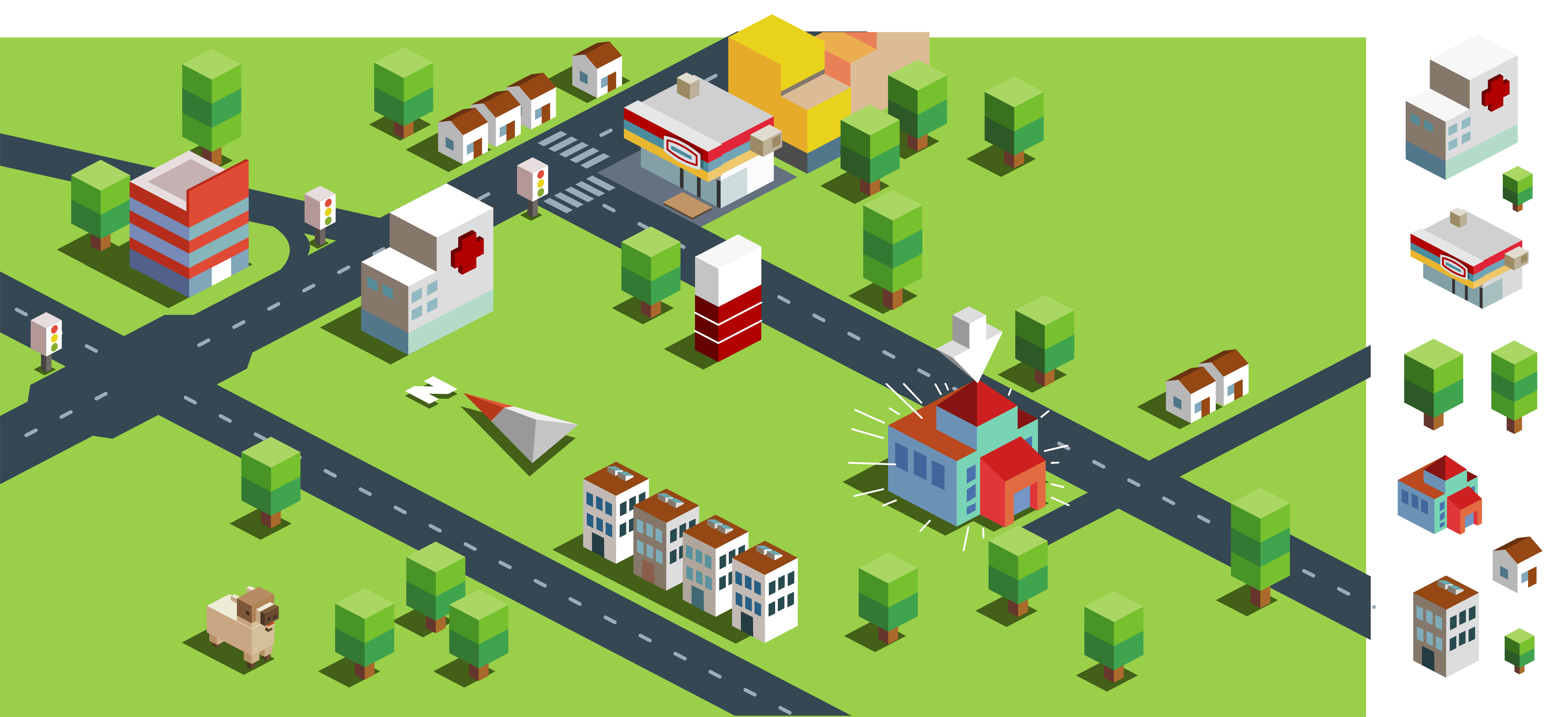Post: COVID19 and Theories of Information Diffusion

I learned this story in one of my Informatics class: A 2-year “water boiling” campaign was conducted in Peru in order to improve local residents’ health. A public health worker gave talks to housewives, telling them how boiling water could kill germs, but largely failed to persuade them to drink boiling water. Can you think of why that is?
When I told friends and classmates that I’ve been wearing face coverings in public spaces since February this year, nobody seemed surprised now. Being one of the first people wearing face coverings due to the pandemic in a medium city in the midwest was not that easy.
I’ve been keeping my guards out for 7 months. When we first started hearing news about the virus in China in January, people around me would say, “hope your friends and family are okay.” I was mostly worried about my parents in Beijing at that time, but a month later, they had started worrying about me more. I was fairly educated about the importance of face coverings.
So, even though mask-wearing was deemed unnecessary and may lead to discrimination in the U.S. in Febrary, I bravely wore my coverings at work, in grocery stores, and during uber rides. (Surprisingly, nobody commented about it or gave me weird looks, at least not in front of me. Maybe they did, and I just ignored them. One of my uber drivers, who was probably 60+, said that he was not afraid of getting the virus. My interpretation of his words is that he would accept his destiny if he got it.)
For the city I was living in, it wasn’t until May when almost everyone would wear face coverings in public spaces. More people started caring about it. To be honest, I am not surprised that it took this long - this corresponds to Rogers’ theory of diffusion of innovation (Rogers, 2003): “Diffusion is the process by which an innovation is communicated through certain channels over time among members of a social system.”
According to this theory, the spread of new information (lifestyle) cannot happen without 1) an innovation; 2) communication; 3) channels over time. Well, wearing masks for COVID is not an innovation. But it is an unusual action that people have to take and a new lifestyle to which people will adapt. The wide spread of disease due to carelessness, is possibly significantly affected by the lack of effective communication.
Lack of effective communication example: On Sep 9, media reported that “Trump said in a taped interview that he deliberately downplayed the danger of the coronavirus in public early this year even though he knew it posed a deadly threat to Americans.”
Eventually, the new norm of mask-wearing channeled over time among residents of the city I live in. Like everywhere else, there are different kinds of adopters. According to Rogers, there are:
-
Innovators who are educated, risk takers, and have many information sources
-
Early adopters who are leaders, opinion leaders, and educated
-
Early majority who has large networks of friends and acquaintances
-
Late majority who are cautious, somewhat conservative, and tend to have lower economic status
-
Laggards who are the other risk aversive people
I was one of the early adopters. I did what I could to justify the action of mask-wearing. Persuading my boyfriend to weak masks took me a week. Without the guidance and protection of opinion leaders, innovation could be adopted in a extremely slow rate.
Fortunately, the innovation did not fail as much as the water boiling story. Analysis gave three explanations for the innovation’s failure:
-
The innovation (drinking boiling water) challenged the local culture that only the sick should drink hot water;
-
The worker worked with the “wrong” housewives - they have little influence on the community;
-
The approach was not client-oriented - it didn’t take into account the challenges of the villagers.
Adoption of new technology (new lifestyle, new actions… etc.) hinges on several factors, with diffusion being the most important. A little action could have big rippling effects. When it reaches critical mass - a volume that reaches a size to create an impact - further diffusion becomes self-sustaining. This is usually used in marketing - heavy advertisement and the use of opinion leaders make more people aware of the product.
It takes a long time for new things to be adopted. If you want to promote your innovation, you have to be smart about it.
Reference
Rogers, E. (2003). Diffusion of innovations. New York, NY: Free Press. (Excerpts – 35 pages)


